Legacy Link-up Native American Heritage Month
above image provided by Cindy Ince @ Pixabay
edited by Mandy @ Canva
Recently I have been finding knowledgeable people to share about different ethnic heritages. November is Native American Heritage Month. I have always had a heart for Native Americans, especially since my nephew is of the Ho-chunk Tribe (part of the Winnebagos in Wisconsin). I have a blogging friend who teaches at a private Native American School. Anita Ojeda agreed to share some things we all need to learn about Native Americans. Please take a few minutes to read Anita’s post and become more aware of our American Natives. Then go to the link-up and share a post about your own heritage. Thanks.


Anita Ojeda juggles writing with teaching high school English and History at a small private school for Native Americans. When she’s not lurking outdoors looking for and photographing rare birds in odd places, you can find her hanging out with her husband, mountain biking with her students, or curled up in a chair reading.
What’s the Difference Between a Native American and an Indian?
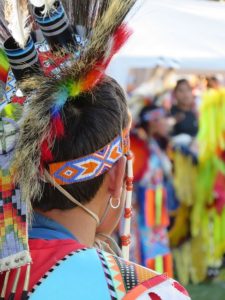
The term ‘Native American’ covers a broad range of cultures, traditions, and languages. It’s kind of like saying ‘European.’ Not everyone in Europe belongs to the same nation, speaks the same language, or shares the same culture or religion. And just like with Europeans, some Native Americans don’t mind the moniker ‘Indian,’ but others find it offensive. When in doubt, ask.
Tribal Affiliation is Important
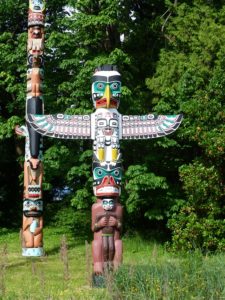
My students take great pride in their tribal affiliation. Most of my students are Navajo, but some of them come from Hopi, Apache, Tohono O’odham, and Havasupai.
Instead of asking, “Are you an Indian?” (which could also refer to someone from the country of India), ask, “What tribe do you belong to?”
Native Americans Don’t Get Free Money from the Government
This myth really bugs my students. More than half of the people living in the Navajo Nation don’t have running water. Tribe members do not get money from the government. They may receive per capita checks from their tribal government—usually paid for with money from casinos or oil rights. Native Americans pay federal income taxes just like everyone else. Of course, many of them live far below the poverty level, so they may receive child-care credits and other forms of government support.

Native Americans Don’t Get a Free Ride to College
Some tribes have their own college and university system, and they offer low-cost tuition to their institutions. My students must search for scholarships just like everyone else. In addition, only 14.5% of Native Americans and Alaskan Natives obtain their bachelor’s degree (as opposed to 31.3% of the overall population). The biggest reason my students have failed to finish college is poverty. Poverty doesn’t just mean being poor. It includes things like lack of support, lack of knowledge about how to succeed in college, as well as financial resources (living expenses, books, and transportation).
Different Tribe Members Have Different Regalia, but None of Them Wear Costumes
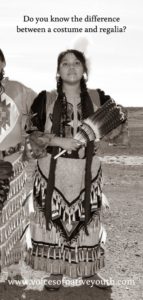
My students take great pride in their regalia—traditional outfits worn to ceremonies and pow wows. Some of their regalias took months to sew, embroider, or appliqué. When they see highly sexualized ‘Indian Costumes’ on Amazon, they feel sad and angry. Sad because those costumes look nothing like their regalia. Angry because the tiny skirts and low tops shown on the costumes make them feel as if everyone sees them as sex objects or with loose morals.
[Anita’s Students wrote about their heritage at Voices of Native Youth]
The Stereotype of the Sexy Indian Princess Hurts Everyone
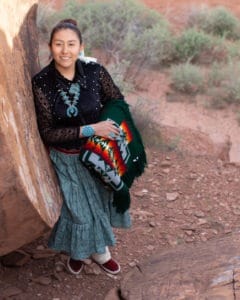
Most of my female students have experienced sexual assault. Even the elementary students. Let that sink in. One in three Indigenous females in the U.S. and Canada will experience rape. A shocking 67% of the perpetrators belong to another race. The myth of the sexy Native American maiden objectifies women and causes harm to all of us. In some places, crimes against Native American women can’t be prosecuted if they take place on tribal property.
While society shares pleas for information about missing white women (such as Gabby Petito), it does little to highlight the urgency of the hundreds of Indigenous women who go missing each year. I have students who have a parent, sister, or friend who belong to the Missing and Murdered Indigenous Women and Children group. They are more than statistics and their loss is just as great as the loss to the Petito family.
Natives Have a Sense of Humor
My kids will be the first to tell you they aren’t stoic. They enjoy humor, have fun, and smile. The myth of the stoic native bothers them because it forces them into a pigeonhole and gives them no room to move. The myth tells them they can’t have feelings or speak out against injustices.
Each year I ask my students to write about what makes them angry or feel hopeless. These seven things top the list each year. I’ve had the privilege of learning from Native American students for a third of my teaching career. They are the best kids I’ve ever worked with.
~ Anita
Connect with Anita at Any of These Platforms
Blog: https://anitaojeda.com
Podcast: Self -Care Hacks
Facebook: Self-Care Hacks https://www.facebook.com/selfcarehacks
IG: @selfcarehackspodcast https://www.instagram.com/selfcarehackspodcast/
Twitter: @selfcarehackspc https://twitter.com/selfcarehackspc
Books to Read if You Want to Know More
The Firekeeper’s Daughter (a fiction must-read).
The Killers of the Flower Moon (a chilling non-fiction book).
The Apache Wars (non-fiction)
Blood and Thunder: The Epic Story of Kit Carson and the Conquest of the American West
An Indigenous People’s History of the United States
Resources:
Higher education rates for Native Americans remain low, but unique scholarships helping (aigcs.org)
https://www.nativehope.org/en-us/understanding-the-issue-of-missing-and-murdered-indigenous-women
https://www.calindian.org/the-myth-of-the-monthly-check-for-native-americans/
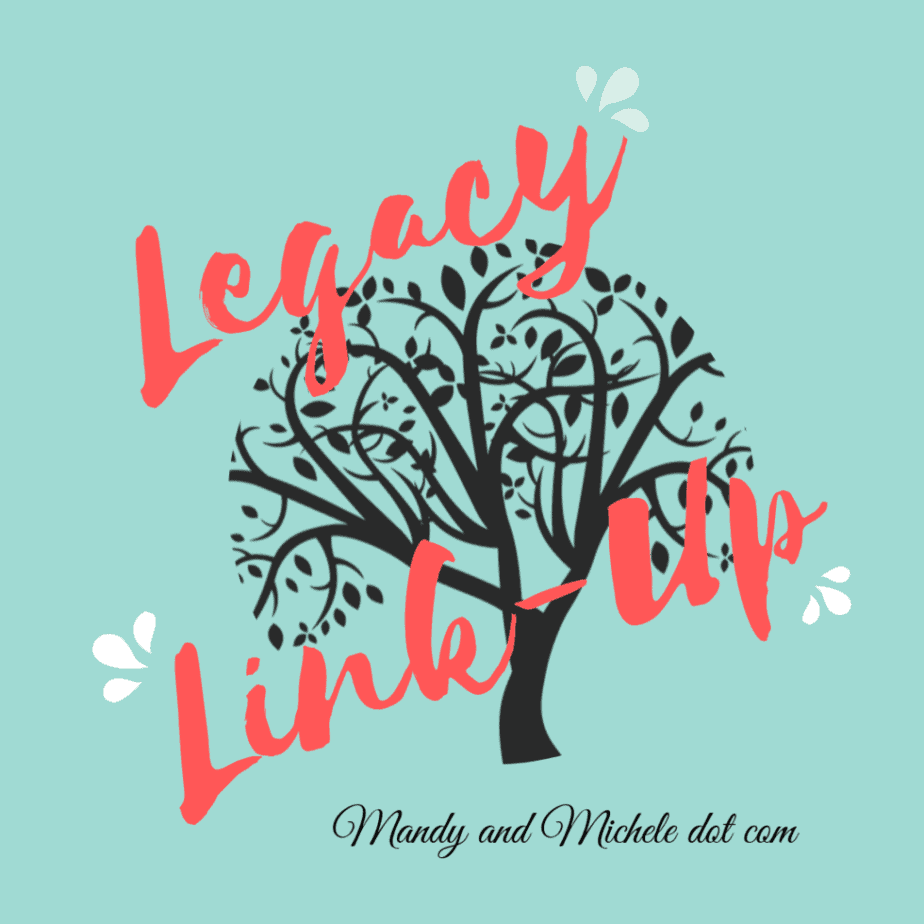
Now
It’s
Your Turn

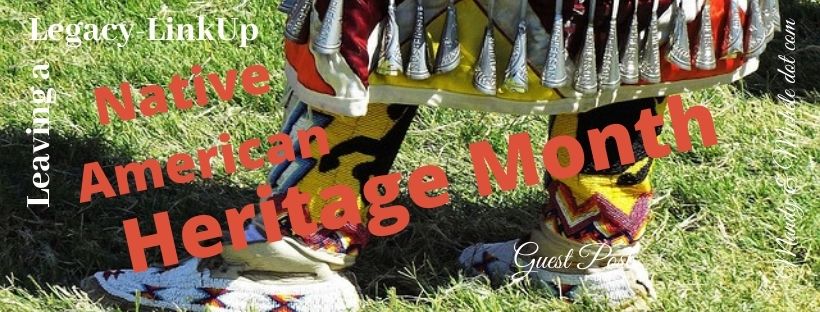
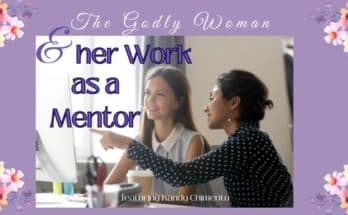
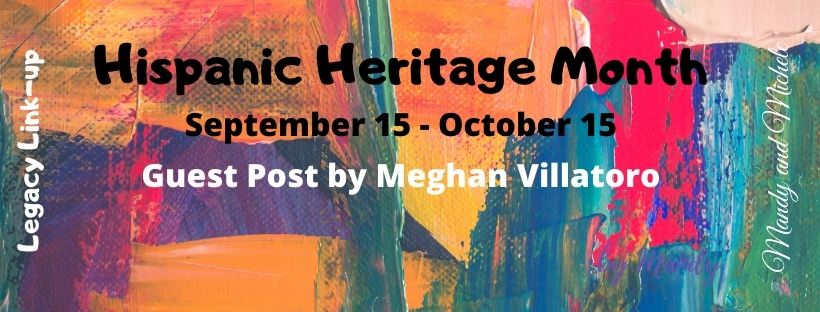
Thanks for this.
That was so informative Anita & some of the issues you discuss with perceptions are very similar to how our Australian Indigenous people (mobs) feel in how they’re perceived.
Blessings,
Jennifer
It would make sense the Indigenous people of Australia would have similar feelings since both lands were colonized by the same group :). We have so much to learn!